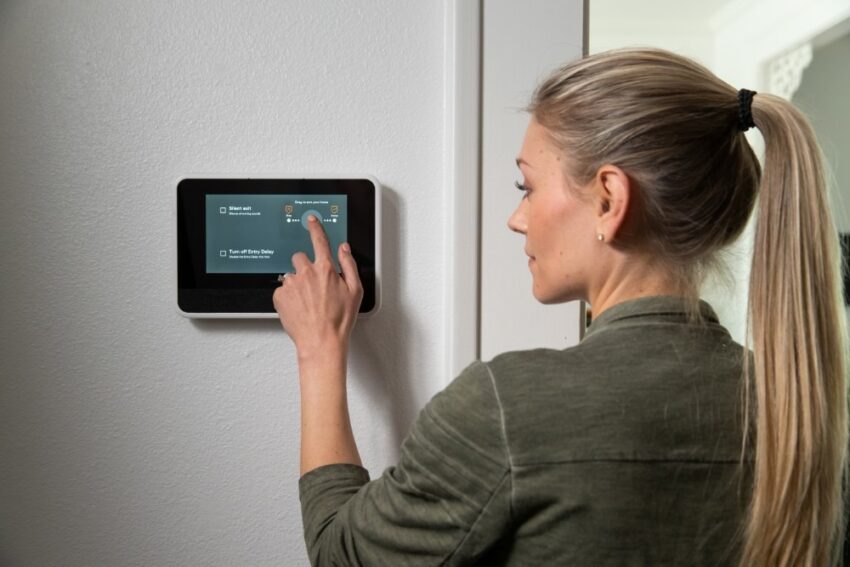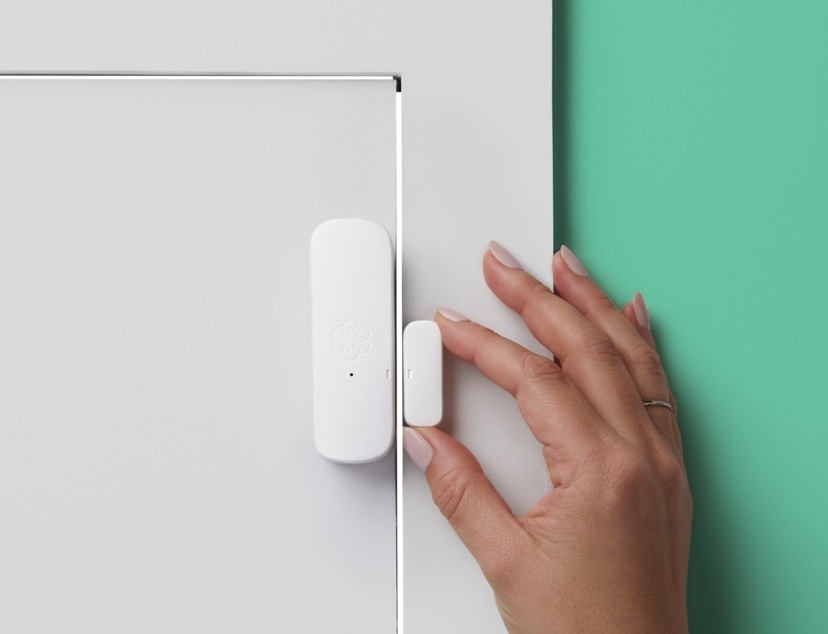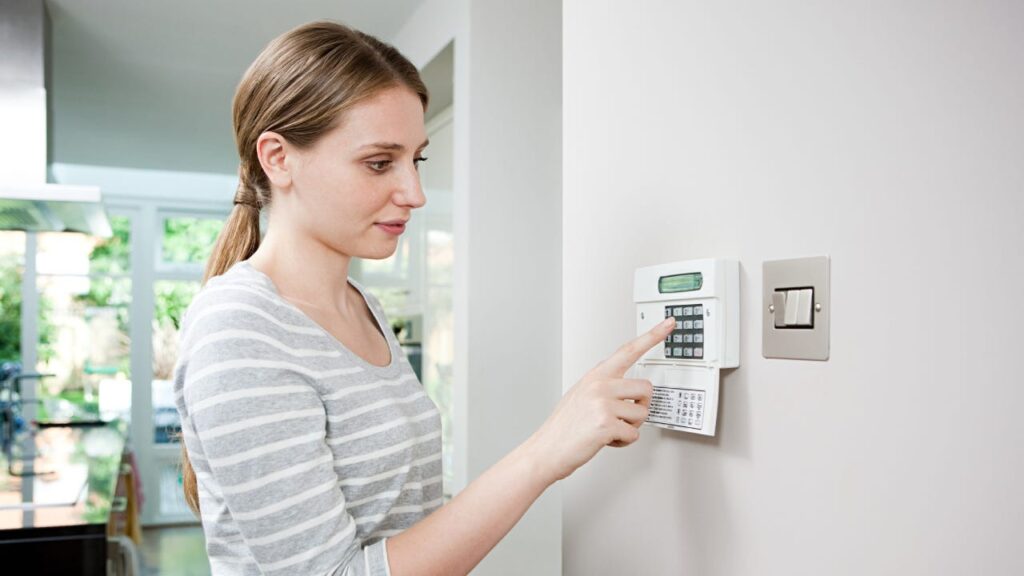Affordable pricing, smart technologies, and plenty of media attention have led more Americans to invest in home security systems over the last decade.
Business is so good that the industry has responded with a list of options that only continues to grow. That is good in the sense that it gives consumers choices. But it’s bad in the sense that many are now overwhelmed.
Maybe you find yourself in that position. Every time you start looking for security systems, you find yourself asking what you should expect in an entry level package. It’s a legitimate question. What should you look for in your first home security system?
I could put together a list of entry level devices every home should invest in. I won’t. Why? Because the specific devices a homeowner should consider are highly dependent on budget, need, and living arrangements.
There are too many valuables to put together a default system list for every homeowner diving into security for the first time.
Entry Level Systems Are Minimal

Although it’s inappropriate for me to come up with a standard equipment list for homeowners, I can say this much: entry level systems are minimal. They don’t offer much. Take a look what you get from Vivint’s Starter Package:
- Vivint Smart Hub Control Panel
- 2 door and window sensors
- 1 motion sensor
Remote monitoring is available on all Vivint systems as long as customers are willing to pay a monthly subscription fee. But let’s be honest, the Starter Package doesn’t get you very far.
Fortunately, Vivint offers two additional packages plus the ability to create a custom package from the ground up. Vivint makes sure that every customer’s needs are met.
Entry level systems from competitors are pretty similar. You get just the basic components and not much else. For my money, an entry level system should include at least one video camera.
Video Surveillance Is a Must
Honestly, I am not even looking at an entry level security system if video cameras are not involved. Video surveillance is a must for me. Why? Because I feel like it’s the most effective deterrent to burglary and home invasion.
Multiple surveys among convicted criminals prove that burglars tend to avoid houses protected by home security systems. Criminals are especially afraid of video cameras for obvious reasons.
As for me, I don’t want a security system that merely warns me of a burglary in progress. I want one that chases burglars away before they try to enter.
My own research suggests that a video camera with a clear view of the front door is the bare minimum. Additional cameras covering the remaining first floor windows and doors will deter all but the most hardened criminals.
Indoors, another camera providing a view of the front door surveils any burglar managing to make it through that entry point. Another camera positioned just outside the master bedroom will provide coverage in the one area of the house that burglars are most likely to hit.
Window and Door Sensors

Moving on to window and door sensors, they are part of every entry level system. In fact, they were the only devices in the earliest days of home security.
The sensors are almost always contact sensors – although they don’t have to be. They are designed to alert a homeowner to a window or door that is opened while the system is armed.
Some companies, Vivint being among them, also offer broken glass sensors. These are sensors mounted on windows and designed to monitor for the sound of breaking glass.
That sound resonates at a particular frequency, thereby allowing for effective monitoring without false alarms.
Why install them? Because burglars preferring to enter through windows are smart enough to look for contact sensors. Seeing a contact sensor could invite a burglar to break the window instead. But with broken glass sensors installed, the burglar is foiled anyway.
Smoke and CO Alarms
Two more things I like to see in a home security system are smoke and CO alarms. As I see it, home security isn’t exclusively about stopping burglary and home invasion.
It is about protecting occupants from all sorts of emergencies – fire and carbon monoxide leaks included.
One of the benefits of including smoke and CO alarms in a home security package is the opportunity to have them monitored just like video cameras and motion sensors.
Being alerted to a fire or carbon monoxide week at the earliest possible moment can literally save lives.
Both smoke and CO can easily overwhelm the occupants of a home. Worse yet, overwhelmed occupants are at a much higher risk for serious injury or death. So if I am investing in a home security system with remote monitoring, I am going to include smoke and CO alarms.
Adding On as You See Fit

I’ve shared with you what I would like to see in a first home security system. Assuming your list of equipment is similar, you can take what you have read here and add to it as you see fit. What might you add?
A trendy component right now is the smart garage door device. More than just an automatic door opener, this smart device can automatically close the door after a certain amount of time.
It can send alerts to your smartphone to let you know you accidentally left the door open.
Video doorbells are another popular option. They allow for remote communication between homeowners and visitors. Companies like Vivint promote them as a way to discourage porch piracy. I would only use one in lieu of a standard video surveillance camera pointed at the front door.
If you’re on the hunt for your very first home security system, look at what all the big names are offering.
Choose the equipment and monitoring options that are most suited to your needs, regardless of all the ‘best’ articles you read online. The best system for you is the one offering everything you need at a price you can afford.

